Famous Directors Who Got Started in Horror
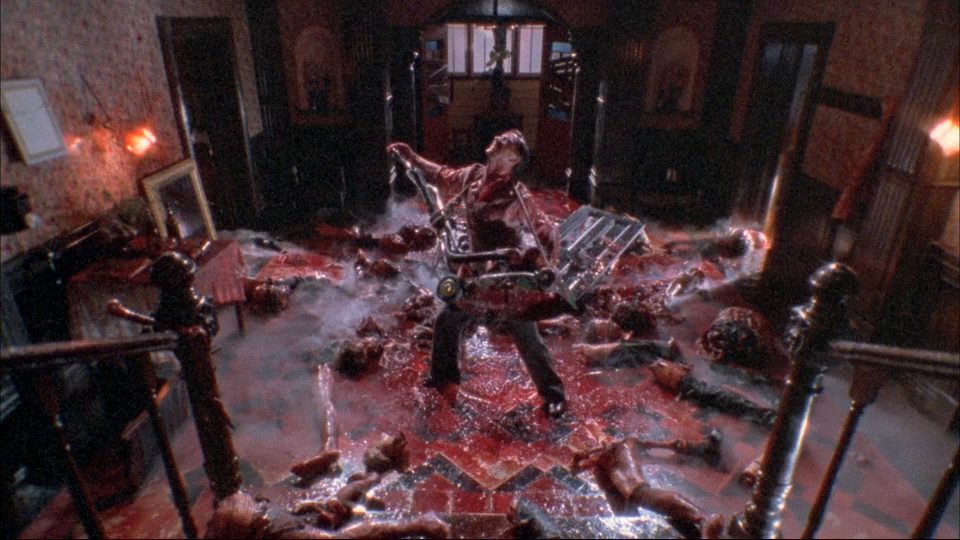
Horror is a unique genre in filmmaking that lends itself to unabashed creativity that isn’t seen in many other genres. It acts as a kind of test lab for filmmakers to experiment with technology, story ideation and practical effects. The barrier to entry is low, which allows many independent or up-and-coming filmmakers to show off their talents without pressure from big production studios. Many of the famous directors you are familiar with today got their start in horror filmmaking, including Peter Jackson and Sam Rami. Keep reading to find out about five famous filmmakers who got their start with horror movies.
Kathryn Bigelow
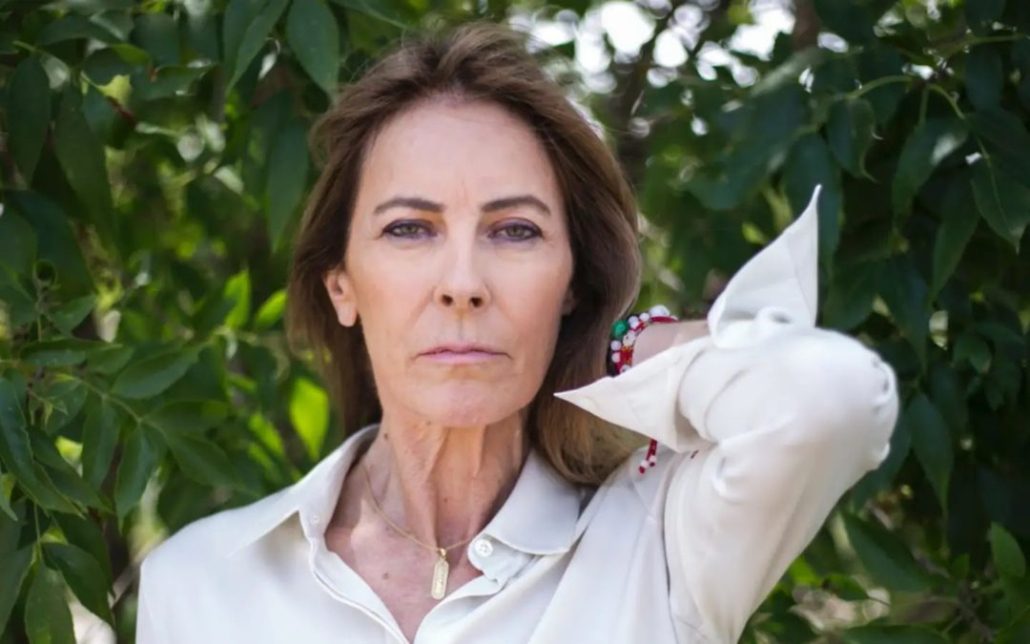
Well before Kathryn Bigelow blew audiences away with her Oscar-winning film The Hurt Locker, she made a little indie horror film titled Near Dark (1987). Bigelow made her directing debut with the neo-Western horror film Near Dark with co-writer Eric Red. Near Dark is highly regarded within the film community as a substantial horror-Western hybrid despite its initial box office struggles. The film takes place in a Southwestern town and follows a young man who becomes involved with a family of nomadic vampires. Bigelow used this film as a springboard for her fascination with manipulating movie conventions, violence and genre. Film critics have noted her use of extensive violence in her films including Bigelow’s first short film The Set-Up (1978). Throughout the film’s all-night shoot, Bigelow had the actors actually beat and bludgeon each other. She is also known for the cult-classic movie Point Break (1991) starring Keanu Reeves.
If there’s specific resistance to women making movies, I just choose to ignore that as an obstacle for two reasons: I can’t change my gender, and I refuse to stop making movies. It’s irrelevant who or what directed a movie, the important thing is that you either respond to it or you don’t. There should be more women directing; I think there’s just not the awareness that it’s really possible. It is.
Kathryn Bigelow
Peter Jackson
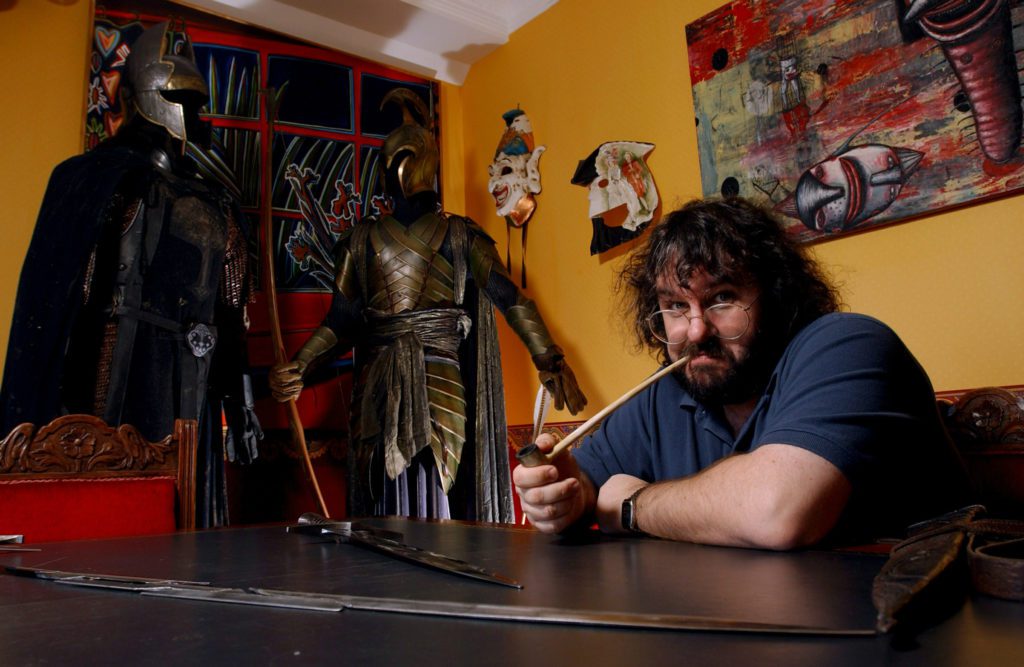
We all know Peter Jackson is famous for helming The Lord of the Ring franchise, but did you know that his debut film took four years to make with funds gathered from friends and family? Yep, that’s right, Jackson’s career opener Bad Taste is a horror comedy that has all the great horror film tropes. Shot on 16mm film, Bad Taste has gory practical effects with alien invaders disguised as humans, bumbling government agents and intergalactic battles. As a native New Zealander, Jackson shot Bad Taste in his home country, which would later become the set location for The Lord of the Rings trilogy. Jackson’s horror filmmaking chops don’t end with Bad Taste, in fact, his follow-up splatter film Dead Alive (1992) is what made him a horror legend. Splatter-genre fans love Dead Alive because it has one of the bloodiest scenes captured in film history. The blood-soaked lawnmower scene reported using 300 liters of fake blood. That’s enough blood to catapult Peter Jackson into the splatter-horror hall of fame.
Sam Raimi
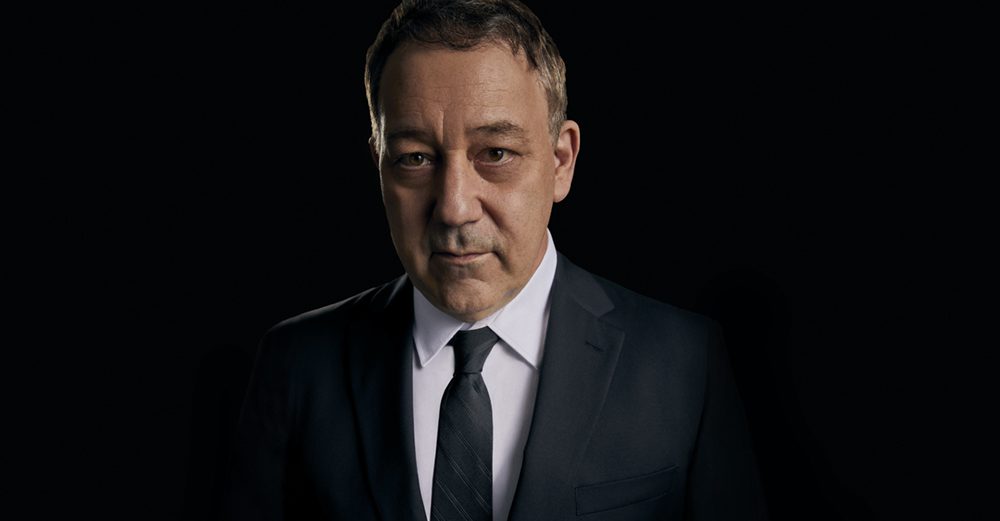
Alfred Hitchcock once said, “comedy and horror are Siamese twin genres, joined at the nervous laugh.” The king of comedy horror, Sam Raimi made a household name for himself with his love of violent physical humor. Raimi’s style is so unique and really took off with The Evil Dead franchise. With a total of four films and a TV series, The Evil Dead franchise has the right amount of gore and black humor to gain a cult following. He eventually went from low-budget genre filmmaking to commercial success with Spider-Man (2002). The superhero craze skyrocketed in the early 2000s, but rewatching Sam Raimi’s Spidey trilogy shows you that the master auteur kept his genre tricks up his sleeve to always keep audiences guessing.
“I always go for the clearest, most comprehensible way of telling the story, and then I think, ‘How can I complement this to make it a little more exciting, juice it a little?'”
Sam Raimi
Guillermo Del Toro
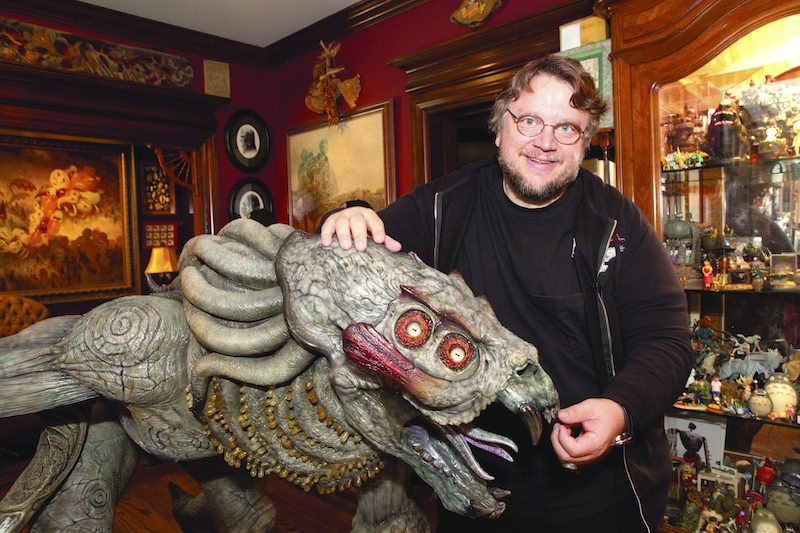
Guillermo Del Toro has an interesting film career that seems to oscillate between big-budget blockbusters like Pacific Rim (2013) and horror-themed comic-book movies such as Hellboy (2004) and Blade II (2002). Somewhere along his career, del Toro also explored the fantasy film world with Pans Labyrinth (2006) and The Shape of Water (2017). He has a strong grasp on both fairy tales and horror, which makes his storytelling style both poetic and haunting. Del Toro has always had a fascination with monsters, which he considers symbols of immense power and intrigue. Monster horror is a reoccurring theme in many of del Toro’s films, and he continues to push boundaries within the horror film genre. His latest project is an American horror anthology series called Cabinet of Curiosities. The Netflix series features eight unique horror stories and two of the episodes are co-written by del Toro himself.
David Lynch
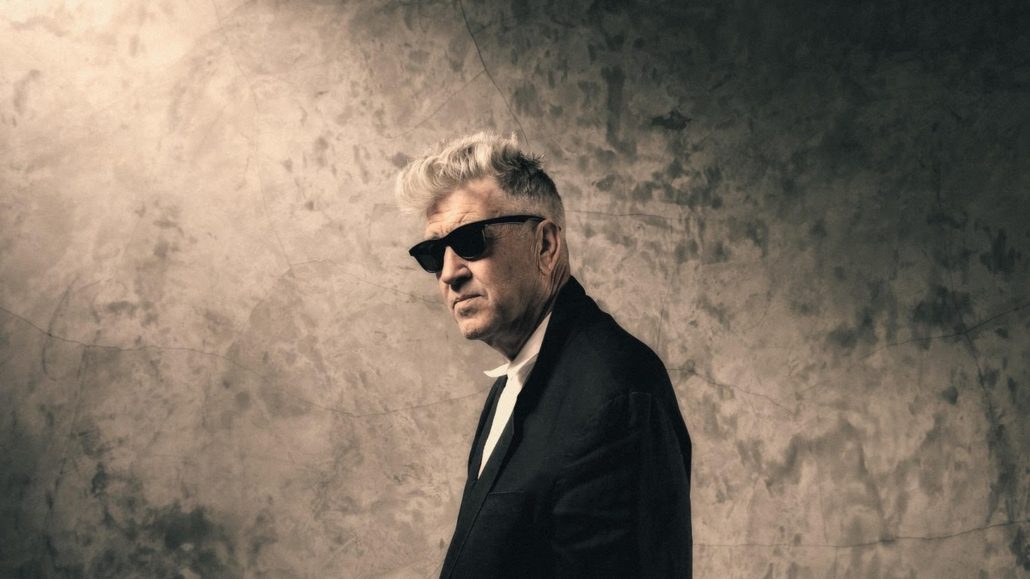
David Lynch made his directorial debut with the 1977 surrealist horror movie Eraserhead. Lynch practically had his hands in the entire filmmaking process as a producer, editor, writer and director for Eraserhead. He even created the movie’s score and sound design. Although it opened with little box office interest, Eraserhead was eventually selected by the Library of Congress for preservation in the U.S. National Film Registry for being “culturally, historically, or aesthetically significant.” That is quite an accomplishment for a horror filmmaker. Lynch followed up Eraserhead with a series of successful films—The Elephant Man (1980), Dune (1984), and Blue Velvet (1986). Blue Velvet is a seedy suburban thriller that earned Lynch his second Academy Award nomination for Best Director. Lynch is steadfast in his views that films representing life should be complex. Not only is Lynch recognized as one of the greatest filmmakers in modern history, but also the most original.
